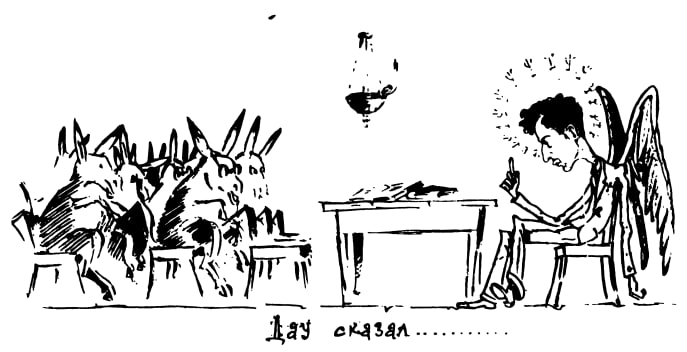
Taken from L. D. Landau, E. M. Lifshitz (1976). Mechanics. Vol. 1 (3rd ed.). Butterworth-Heinemann. ISBN 978-0-7506-2896-9.
Follow this scheme from the bibliography below
(1) Start with Arnold and Spivak, more specifically with their chapter one.
Study both at the same time.In Arnold, you get short definitions for time and space in Galilean mechanics and you get an appreciation on why things work the way they do. In Spivak, you get the physical intuition on the concept of mass and force, as well as more “down to Earth exercises”.
Both of these do not require more mathematics knowledge than the average 3rd year physics student, although they require to think about the exercises deeply.
(2) Then read Arnold, second chapter which discusses the integration of the equations of motion.
He focuses on 1-dimensional problems, and problems that have to do with central forces. He does simple things, like what happens if you add a perturbation to the inverse square law. Again, no “high mathematical machinery” is required.
(3) After that, study the 3rd chapter of Arnold together with the 1st chapter of Landau.
Arnold treats variational calculus with more detail, which might be better if you’re a newcomer. In any case, Landau and Arnold complement each other perfectly.
(4) Additionally, a “typical” 1st year mechanics book that doesn’t pull any punches is the gem by Kleppner and Kolenkow. You can take exercises from it or you can go to that, if you want a more “down to earth” treatment.
Bibliography
- Mathematical Methods of Classical Mechanics by V. I. Arnold (16 May 1989) [First published in 1974]. Математические методы классической механики. Graduate Texts in Mathematics. 60. Translated by Vogtmann, Karen; Weinstein, Alan D. (2nd ed.). New York: Springer-Verlag. ISBN 978-0-387-96890-2. OCLC 18681352. More info: https://en.wikipedia.or/wiki/Mathematical_Methods_of_Classical_Mechanics
- L. D. Landau, E. M. Lifshitz (1976). Mechanics. Vol. 1 (3rd ed.). Butterworth-Heinemann. ISBN 978-0-7506-2896-9. More info: https://en.wikipedia.org/wiki/Course_of_Theoretical_Physics#Volume_1
- Spivak, Michael (2010). Physics for mathematicians—mechanics I. Houston, TX: Publish or Perish. ISBN 978-0-914098-32-4. MR 2761185. More info: https://en.wikipedia.org/wiki/Michael_Spivak
- Kleppner, Daniel; Robert J. Kolenkow (1973). An Introduction to Mechanics. New York: McGraw-Hill. ISBN 978-0-07-035048-9. More info: https://en.wikipedia.org/wiki/Daniel_Kleppner